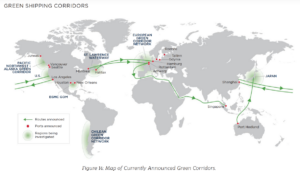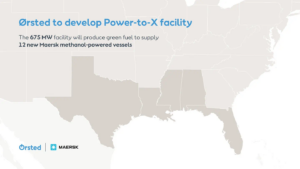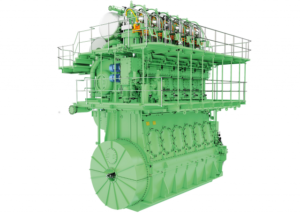COP27: the Green Shipping Challenge
The US and Norway launched the Green Shipping Challenge in Sharm el-Sheikh this month. The Challenge encompasses more than forty different announcements & initiatives, including ammonia fuel production in Namibia, ammonia-powered cargo shipping in Finland, ammonia-powered pilot vessels in Norway's Green Shipping Programme, and a host of new green corridor projects. A trio of new reports have also provided an assessment of progress to date in green corridor development, and suggested key next steps.



